
Through engaging email campaigns, data-driven fundraising initiatives, and exciting events, nonprofits have seemingly endless strategies for encouraging donors to give more.
Recurring donations are the cornerstone of a sustainable nonprofit. A robust monthly, or recurring, giving program provides predictable income, stronger donor relationships, and lower fundraising costs. These benefits enable your nonprofit to forecast more accurately and determine how to allocate incoming revenue to support various programs—even in the midst of shifting economic conditions.
In this guide, we’ll cover three solid tips that will help any nonprofit increase recurring donations and shore up its programs.
1. Demonstrate The Impact of Recurring Gifts
CharityEngine’s recurring giving statistics reveal that the average size of a monthly gift is $24, while the average one-time gift is $115. In other words, smaller monthly donations add up to more than larger one-time gifts—and donors often don’t realize this!
That’s why you must communicate the impact of donations, especially on your donation form. When donors are already in a giving mindset, seeing the potential impact of their gift can be the motivation they need to follow through with their contribution.
If you can quantify donations, tie them to specific outcomes related to your mission. For example, a one-time gift of $100 allows your animal shelter to vaccinate one homeless dog, but a recurring gift of $10 monthly will pay for the marketing and outreach to get that pet adopted.
If you’re clear about the impact, your recurring giving program will practically sell itself! Emphasize the impact of recurring gifts in your nonprofit’s:
- Email newsletters: Use your newsletter to ask, of course, but also to educate. Help donors visualize how powerful—and easy—recurring giving can be! Just include a short spotlight section that outlines the steps readers should follow to sign up.
- Social media posts: Keep it visual, scannable, and benefit-based. You can use graphics to show the difference in impact, a video testimonial from a donor or team member, or even run a challenge to enroll monthly donors.
- Direct fundraising appeals: Make recurring giving an invitation, not a sales pitch. Compare impact, add a short success story, and even use a technique like a P.S. at the end of the appeal asking donors to switch to a recurring gift.
Remember, using data to demonstrate the impact of recurring gifts makes your message resonate. Explaining what can be accomplished with a monthly gift of $15 versus a one-time gift of $100 will help donors see that recurring gifts are easier and more impactful.
2. Simplify The Donation Process
Think of the donation process as a journey to the grocery store. Your fundraising appeals put donors on the road as they drive toward the store, but they still have a decision to make once they arrive. While there are steps you can take to increase recurring donations for your nonprofit, it all boils down to the decisions donors make on your donation page.
Your donation page is the best chance you have to convert someone into a donor. And there’s plenty of data that shows the most effective ways to optimize your form!
Your donation form should be:
- Clear: You don’t want people hunting for your donate button or wondering if they landed on the right link. Make it clear it’s a donation page and they have straightforward options, such as a one-time gift or a monthly gift.
- Simple: Don’t crowd your form with text or add information fields that aren’t necessary. You want this to be super easy for donors! The more cluttered your donation form is, the more likely your visitors are to become confused.
- Mobile-friendly: You will lose donors if your forms aren’t optimized for phones and tablets! A large number of donors use their phones to donate. Ensure it’s as easy as using a desktop!
If you can attach impact descriptions to each suggested donation amount, it’s easy for donors to quickly understand the impact of various levels of giving and make a decision.
3. Show Appreciation
If your fundraising letters were successful and donors joined your sustained giving program, it’s time to celebrate! Showing your appreciation for their contributions is a surefire way to make them feel more connected to your cause and deepen their involvement in other ways.
Use the following channels to share your appreciation with donors:
-
- Personalized thank-you emails are fast, scalable, and low-cost! They let donors know right away that their gift was received and is valued. Here are some tips for maximizing impact:
- Include the donor’s name and reference the specific amount of their gift or action (such as volunteering or securing a partnership).
- If you can tie their gift to an initiative or result, do it!
- Include visuals, such as a photo or short video.
- Follow up with short emails showing them how their gift is making a difference.
- Handwritten notes stand out in today’s digital world. They show that you took the time to connect with your donor and strengthen that donor relationship. For best results:
- Order branded notecards and divide the donor list by team and board members so it’s not too taxing on one person.
- Make it personal! Mention a specific reason you’re thankful for the support.
- Consider sending handwritten cards on birthdays and meaningful anniversaries to increase donor retention.
- Donor spotlights on your website or social media can be deeply meaningful to donors. As eCardWidget explains, this is especially effective for those who’ve made a significant contribution to your cause. Some ideas include:
- Highlighting donors in areas where others will see it, such as emails, newsletters, your website, and social media.
- Share photos and quotes from the donor.
- Connect their support to outcomes to show their role in impacting your mission.
- Personalized thank-you emails are fast, scalable, and low-cost! They let donors know right away that their gift was received and is valued. Here are some tips for maximizing impact:
- Exclusive opportunities created exclusively for recurring givers, such as tours of your facility, access to thought leadership webinars or whitepapers, or coffee or lunch with your board, will reward their commitment and convey your appreciation of their support.
-
- Keep the experiences intimate and interactive so there’s a connection established, rather than a donor feeling like a member of the audience.
- Share future plans at these events and ask for feedback, underscoring the importance of these donors.
- Consider asking attendees to bring a friend. If they’re wowed, you might just have a new recurring donor!
Donors who feel recognized and appreciated by your organization are more likely to retain their support over the long term.
Starting a recurring giving program can seem overwhelming, but it doesn’t need to be. Start small, with a change on your donation form. Then graduate to a campaign and continue to optimize your efforts, growing your program over time.
If you have a program but it’s sputtering along, take the time to ignite it. A strong recurring giving program is one of the most crucial steps you can take to ensure your nonprofit’s sustainability and strength.
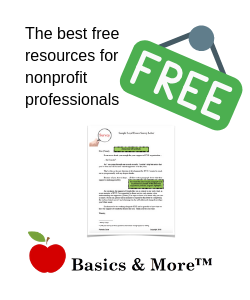
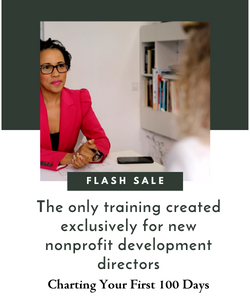
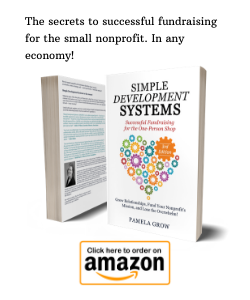
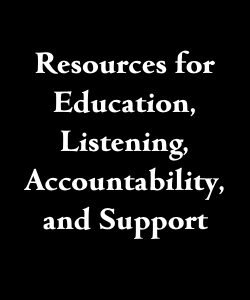

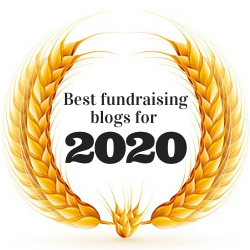
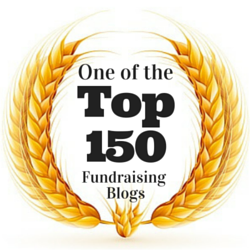
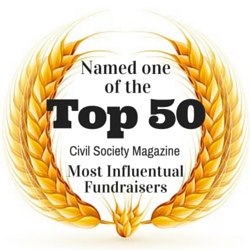
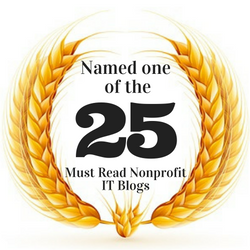
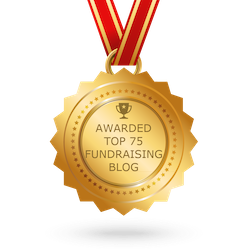
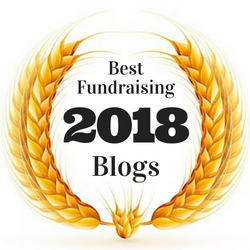
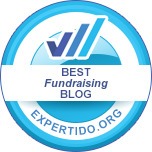
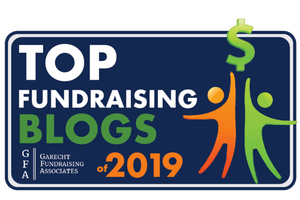
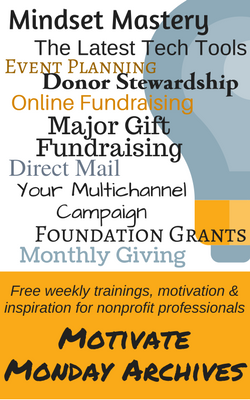

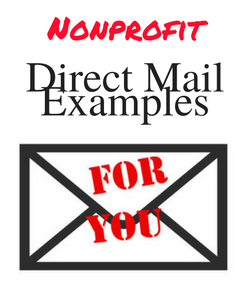
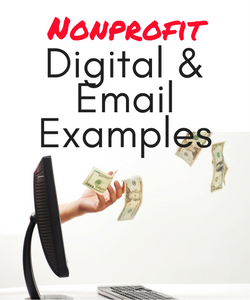

 I can’t wait to meet with you personally.
I can’t wait to meet with you personally.
Comments on this entry are closed.